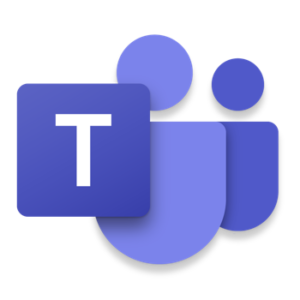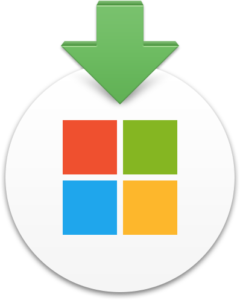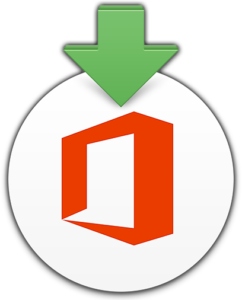 Paul Bowden announced last week that AutoUpdate will officially begin handling Microsoft Teams with the release of MAU 4.45 on March 15, 2022.
Paul Bowden announced last week that AutoUpdate will officially begin handling Microsoft Teams with the release of MAU 4.45 on March 15, 2022.
“We’ve done a lot of analysis with various Teams builds … and we see quite a lot of segmentation because of the way the Teams built-in updater works right now, and that’s the reason why we’re switching over to MAU,” Bowden said.
“The good impact is that you’ll see a lot more consistency with your Teams versions out there. MAU will fully support not updating Teams while you’re in the middle of a conference call and all the good stuff like that.”
If you are defining an app array in your configuration profile for MAU or using MAUCacheAdmin there are a few things you’ll need to change. Read on for the details.
 For years I have been manually cleaning up old packages on my
For years I have been manually cleaning up old packages on my  In the past I have always run
In the past I have always run  I’ve been using an internal Microsoft AutoUpdate (MAU) Caching Server here at the newspaper since shortly after it was announced by Paul Bowden last year. I helped explain the various configuration options available last night in the #microsoft-office channel of the
I’ve been using an internal Microsoft AutoUpdate (MAU) Caching Server here at the newspaper since shortly after it was announced by Paul Bowden last year. I helped explain the various configuration options available last night in the #microsoft-office channel of the